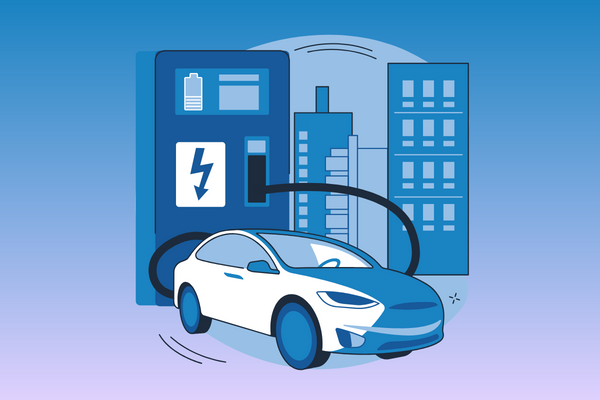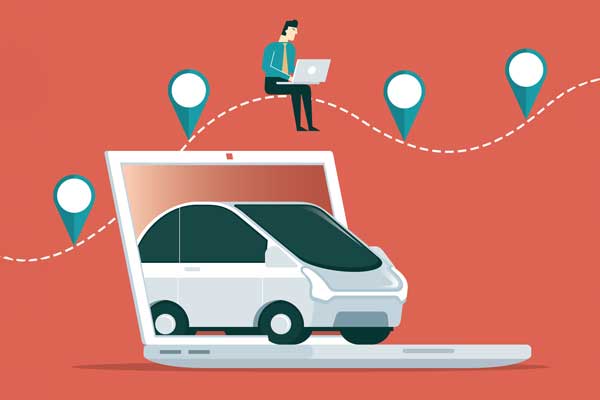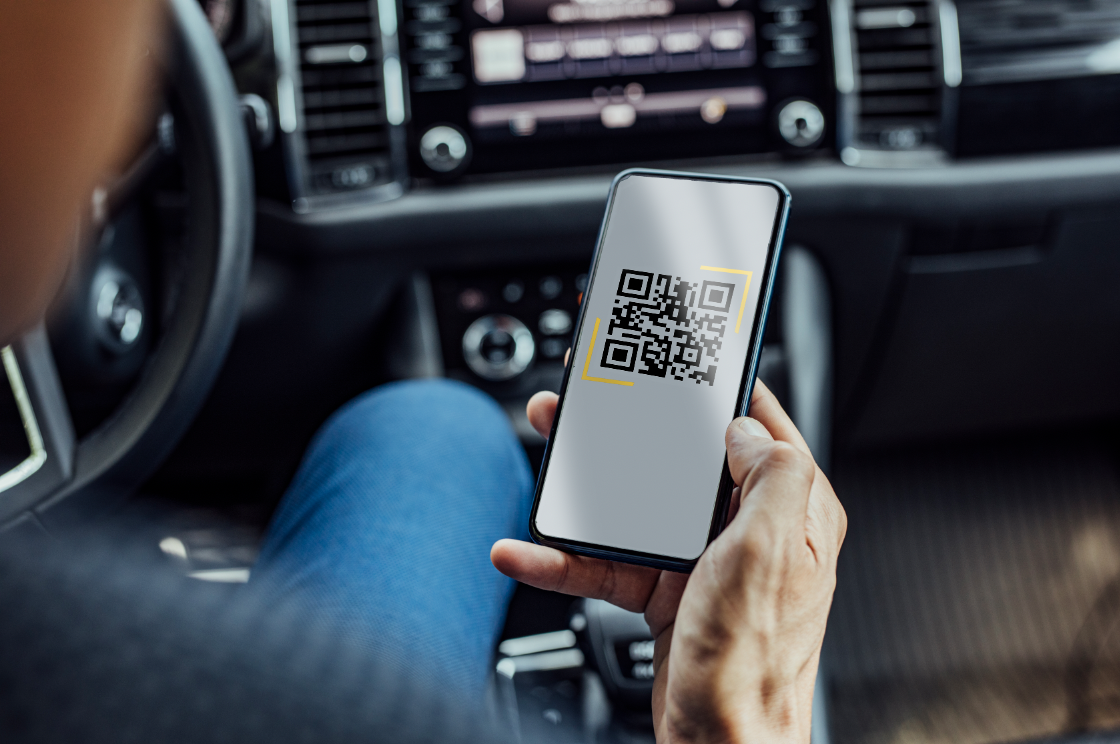A Fixed Ops Focus on an EV-Forward Future

Article Highlights:
- The increased adoption of EVs doesn’t have to be a challenge.
- EVs will still need maintenance work, just like gasoline-powered vehicles.
Change will always mean room for growth—and for dealerships, growth means catching the eye of existing and potential new customers alike.
As many people transition their interest towards electric and hybrid vehicles, there are a lot of changes that will inevitably affect the daily-life of dealerships. The push for more electric vehicles is coming from most automakers, governments, and consumers alike. Analyzing the current role that EVs play in the industry can help provide insights into how your dealership can adjust to this changing market in the showroom, in the service drive, and even in marketing.
These factors are brewing up a perfect storm for how you can prepare to make your dealership (and service drive) electric, and dealers who adapt, respond, and prepare now will likely stand apart from dealers who stayed stagnant.
Your Fixed Ops Forecast
Where does your fixed ops department play into all these changes exactly? As you well know—no car is perfect (even an electric one). EVs will still need proper maintenance work, just like gasoline-powered vehicles. This could include tires, brakes, wiper blades, and other wear and tear items.
As far as comparison to the ICE systems you already see regularly in your drive, there are some differences your techs will notice when working on an electric vehicle. Both kinds of vehicle may have power windows, locking systems, and AC units, but the braking systems are slightly different, and EVs often have more complicated ADA systems that what conventional vehicles have.
All this to say, current EV owners have reported repeated problems with things like display screens, exterior door lights, failing temperature sensors, mismatched paint, and seals/weather stripping. It’s not just that these problems occur, but that they occur at a higher rate than with conventional vehicles. So, what can you do to prepare for these new service needs?
Be Prepared for a Drizzle of Greener Vehicles
It can be daunting when new technology enters the mix. It can shake things up in all parts of your dealership—and your service lane is no exception. While some of these repairs are things your techs already see on a daily basis, it’s important that you consider your dealership’s workforce during transitional periods like this. Ask questions like:
- Who will need new training?
- Who should be trained as an EV certified tech?
- Are there other certifications required? What about other non-required certifications?
- Would it be helpful to separate our shop operations and have a designated EV area?
- EVs are significantly heavier than a standard ICE vehicle—do we currently have the infrastructure/tools our techs will need to make these kind of repairs?
There is good news in all of this—many OEMs are building and selling custom tools (and providing service training) to their own dealership technicians. Not to mention, there are many EV repairs that are as simple as a software update, meaning that technicians won’t be required to adapt to as many changes as you might think.
That said, revamping your service drive now is still good idea. Consider hiring on more techs for your standard maintenance and wear-item repairs. Like many “to-dos” within the dealership, hiring more service techs is a now problem, and this need will only continue to present itself as EVs become more and more prevalent.
At the same time, your dealership should consider those repairs that happen outside of its walls. Some service of EVs can easily happen at the customer’s home with a mobile unit, but there’s a plus to this:
Customers being able to complete some more minor repairs themselves helps reduce some of the infrastructure changes that might have been necessary otherwise. This means that your dealership likely doesn’t have to worry about building a new designated space/adding square footage for EV-specific vehicles (phew—that’s a relief). And don’t worry, there’s still room to profit here too.
Some of your customers will inevitably want assistance when it comes to making some of these at-home repairs. They may not be stopping into your service drive, but they might be using search engines to find a quick guide or finding a tutorial on YouTube. Do you see the opportunity here? Make your dealership that trusted resource that these customers are going to for guidance—it’ll increase the likelihood that they’ll come to you when they are looking for those technician required repairs.
This Weather Calls for Some Electric Messaging
One of the main reasons customers choose dealers over an independent service center is because their capability to work with “advanced” vehicles or “specialized” maintenance issue. Your dealership has properly trained service techs, specialized parts and tools, and additional tech and resources for handling vehicle repairs. With EVs in particular, it’s especially important to leverage this customer thinking with your marketing efforts.
Marketing to the right audience is no easy feat. Now add in EV-focused messaging to the mix? It can get tricky. But with the proper help, it’s possible.
Quick Tip: Highlight specials and promotions for those who are in-market while providing customized, helpful information (maybe an infographic about the difference between ICE and EVs or an EV buyer’s checklist). You can also include engaging content (maybe a dynamic video of an EV test drive) to gain trust and to establish yourself as the go-to expert for current and future service customers.
Bonus Tip: What’s better than successful marketing? Knowing how successful your marketing is. Track all interactions with your newsletter content and get the enablement tools to follow up with those who have shown interest (but have yet to take action).
As the exciting future of the automotive industry unfolds, changes and challenges may also arise. Proper planning and preparation for these changes will be key.
The increased adoption and popularity of EVs doesn’t have to be a challenge for your dealership if you don’t want it to be. The opportunity to embrace this new area of business, rather than brace yourself for its arrival is there. And when EVs do become a significant part of your dealership’s service drive, it will be business as usual. The addition of EVs can just mean a slight twist (and a potentially very profitable one) in your fixed ops marketing strategy.
Related Articles:

Harvesting Profits: Autumn Opportunities in Your Service Drive
As leaves begin to fall and jack-o’-lanterns light up porches, your service drive faces its own set of tricks and treats.

Maximizing Targeted SEO: Putting Consumer Needs in the Driver’s Seat
This article was written by Kenna Smith, a marketing communications intern. Today, SEO is more than a buzzword; it’s a game-changer. Businesses have been working…

Texting Tips: 5 Steps to Better Messaging
Fine tune your texting skills to send an impactful message every time.

Maximizing Your Marketing Potential with QR Codes
Nearly 89 million US smartphone users scanned a QR code with their mobile devices in 2022 – a number predicted to reach more than 100…















